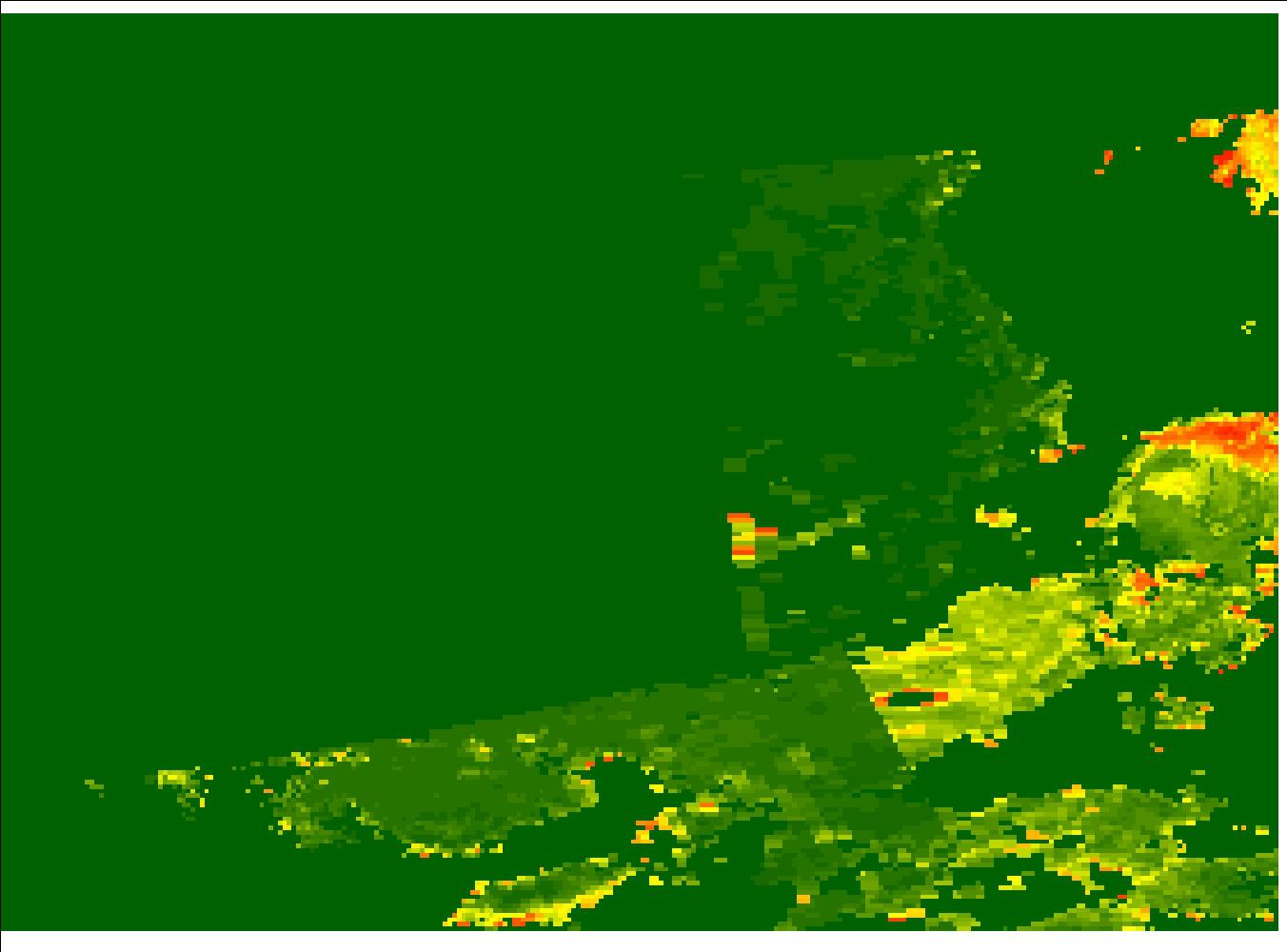

Aerosol datasets over the Tibetan Plateau (2006-2019)

There are two types of aerosol data in the Tibetan Plateau. Aerosol type data products are the results of aerosol type data fusion by using Meera 2 assimilation data and active satellite CALIPSO products through a series of data preprocessing, quality control, statistical analysis and comparative analysis. The key of the algorithm is to judge the CALIPSO aerosol type. According to CALIPSO aerosol types and quality control, and referring to merra 2 aerosol types, the final aerosol type data (12 kinds) and quality control results were obtained. Considering the vertical and spatial distribution of aerosols, it has high spatial resolution (0.625 ° × 0.5 °) and temporal resolution (month). Aerosol optical depth (AOD) is a visible band remote sensing inversion method developed by ourselves, combined with merra-2 model data and NASA's official product mod04. The data coverage time is from 2000 to 2019, with daily temporal resolution and spatial resolution of 0.1 degree. The retrieval method mainly uses the self-developed APRs algorithm to retrieve the aerosol optical depth over the ice and snow. The algorithm takes into account the BRDF characteristics of the ice and snow surface, and is suitable for the inversion of aerosol optical thickness on the ice and snow. The results show that the relative deviation of the data is less than 35%, which can effectively improve the coverage and accuracy of the polar AOD.
File name: the data is stored in HDF grid format, and the file name is yyyy_ ddd_ Daily_ Mosiac_ APRS_ Mod04.hdf, where yyyy stands for year and DDD stands for date, such as 2000_ 061_ Daily_ Mosiac_ APRS_ Mod04.hdf description of sol optical thickness in the 61st weather in 2000 Data reading method: it can be opened by ArcGIS software and program, and the main grid value represents aerosol optical thickness and aerosol type.
To respect the intellectual property rights, protect the rights of data authors, expand services of the data center, and evaluate the application potential of data, data users should clearly indicate the source of the data and the author of the data in the research results generated by using the data (including published papers, articles, data products, and unpublished research reports, data products and other results). For re-posting (second or multiple releases) data, the author must also indicate the source of the original data.
泛第三极环境变化与绿色丝绸之路建设专项(XDA20000000)
No record
No record
No record
Sign In to add comments
Resource Provider: GUANG Jie ZHAO Chuanfeng

三江源国家公园星空地一体化生态监测数据平台 © 2018-2021 陇ICP备05000491号 | All Rights Reserved
|  京公网安备11010502040845号
京公网安备11010502040845号
数据中心技术支持: 数云软件